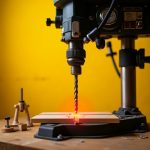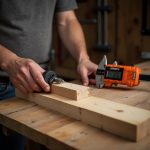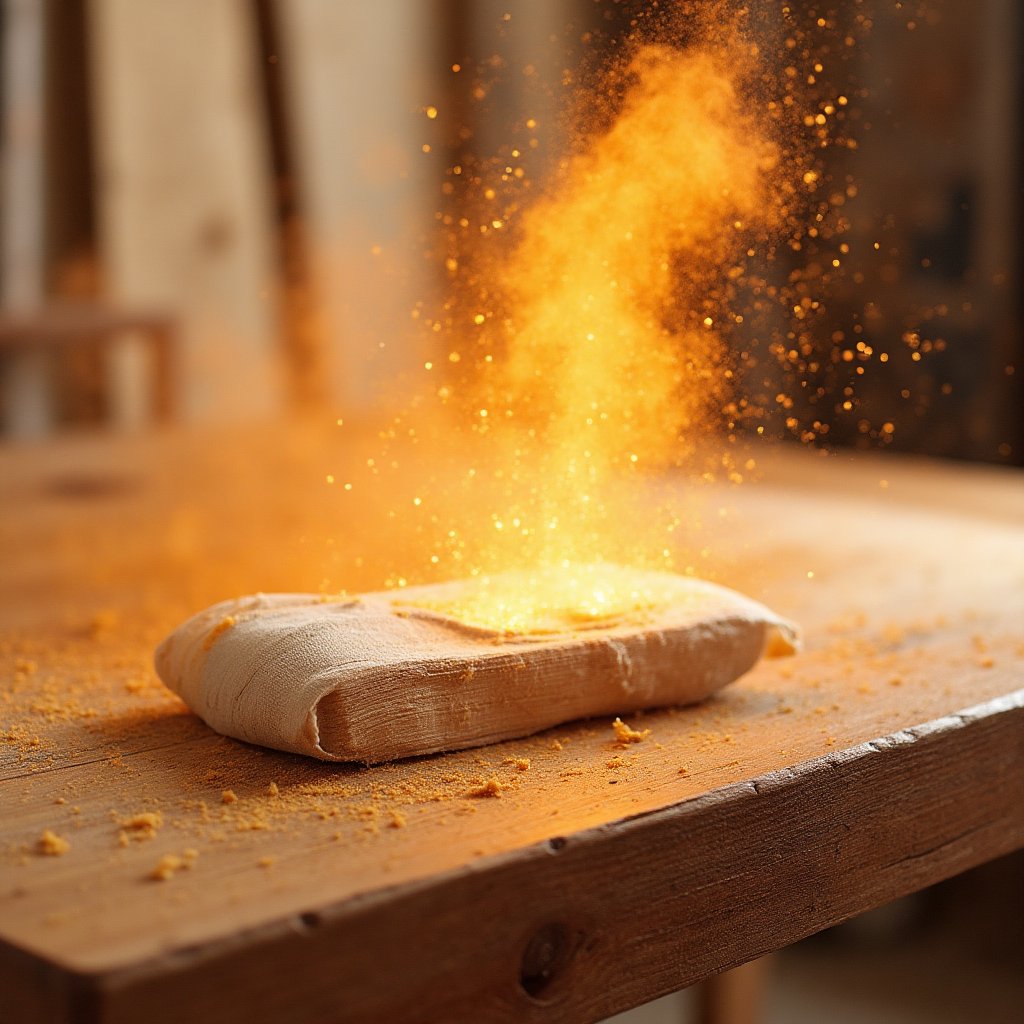Making fun of the American system of measurement is an international sport, but if you think fractions are complicated, you haven't seen anything yet. Today, we’re diving into the world of precision measurement with a tool that will blow your mind: the Vernier caliper. Whether you're a machinist or a woodworker, this tool will elevate your craft to a whole new level. And guess what? It’s not just for the imperial system—this bad boy works with metric measurements too. So, international viewers, stick around—this one’s for you!
What Is a Vernier Caliper and Why Do You Need One?
If you’ve ever struggled to measure something down to the thousandth of an inch or a hundredth of a millimeter, the Vernier caliper is about to become your new best friend. This analog tool, beloved by machinists and woodworkers alike, allows you to take measurements with a level of precision that’s downright magical. It’s like having a superpower in your workshop.
But let’s be real—learning how to use it can feel like deciphering an ancient code. Don’t worry, though. By the end of this article, you’ll be a Vernier scale wizard.
How Does the Vernier Scale Work?
The Vernier caliper uses two scales: a main scale and a Vernier scale. The main scale is divided into inches or centimeters, while the Vernier scale slides alongside it to provide those ultra-precise measurements. Here’s the kicker: the Vernier scale lets you measure down to 25,000ths of an inch or 0.02 millimeters. Yeah, it’s that precise.
Let’s Break It Down Step by Step
Step 1: Understand the Basics. Each inch on the main scale is divided into 10 smaller increments, and each of those is divided into four even smaller increments. That’s where the magic happens.
Step 2: Think in Decimals. Fractions can be a headache, but decimals are your friend. For example, 1/10th of an inch is 0.1. By adding zeros, you can convert this into smaller increments: 0.1 is the same as 0.10, 0.100, or even 0.1000. This makes division a breeze—0.100 divided by 4 is 0.025, or 25,000ths of an inch. Easy, right?
Taking a Measurement: The Vernier Scale in Action
Now, let’s apply this to the caliper. Suppose your zero mark (the cursor) falls between 0.125 and 0.150 on the main scale. To get a more precise measurement, look for the mark on the Vernier scale that aligns perfectly with a mark on the main scale. Let’s say it’s the 10 mark. Add 0.010 to the 0.125, and you’ve got your final measurement: 0.135 inches.
Want another example? If the zero cursor is just past 1.025 and the nearest aligning mark on the Vernier scale is 21, add 0.021 to 1.025, and you’ve got 1.046 inches. See how simple it is once you get the hang of it?
How to Use a Vernier Caliper for Metric Measurements
For our metric-minded friends, the process is just as straightforward. The main scale is divided into centimeters, with each centimeter split into 10 millimeters. The Vernier scale provides measurements down to hundredths of a millimeter (0.01 mm). Here’s how it works:
Step 1: Find the Zero Cursor. Suppose it’s just past the 21 mm mark on the main scale. That’s your starting point.
Step 2: Check the Vernier Scale. Look for the line that aligns best with a mark on the main scale. Let’s say it’s the 52 mark. Add 0.52 to 21 mm, and your final measurement is 21.52 mm (or 2.152 cm). Voilà!
Why Bother Learning This?
Sure, it might seem like a lot of gobbledygook at first, but mastering the Vernier scale is worth every second. It’s the ultimate analog tool for precision, and once you get the hang of it, you’ll wonder how you ever lived without it. Plus, it’s a great party trick—okay, maybe not, but it’ll definitely impress your woodworking buddies.
The EMP CRB7 Router Jig System: Precision Meets Innovation
Speaking of precision, let’s talk about something that’ll make your woodworking projects even more accurate: the EMP CRB7 Router Jig System. This clever little gadget from EMP Power Tools is a game-changer. Its micro-adjuster ensures pinpoint accuracy, making it perfect for everything from joinery to edge routing. It’s just one of the many innovations from this small, family-owned company. Trust me, you’ll want to check them out.
Final Thoughts and Call to Action
So, what do you think? Ready to ditch the ruler and step up your measurement game? The Vernier caliper might seem intimidating at first, but once you master it, you’ll be measuring like a pro. And while you’re at it, why not level up your woodworking toolkit with the EMP CRB7 Router Jig System?
Now it’s your turn. Have you ever used a Vernier caliper? What’s your favorite precision tool in the workshop? Share your thoughts in the comments below. And don’t forget to join the iNthacity community—apply to become a permanent resident of the Shining City on the Web. Like, share, and let’s keep the conversation going!
Wait! There's more...check out our gripping short story that continues the journey: The Art of Precision
Disclaimer: This article may contain affiliate links. If you click on these links and make a purchase, we may receive a commission at no additional cost to you. Our recommendations and reviews are always independent and objective, aiming to provide you with the best information and resources.
Get Exclusive Stories, Photos, Art & Offers - Subscribe Today!

![story_1737207820_file Discover Why Vernier Scales by [Brand Name] Are AMAZING Precision Tools!](https://www.inthacity.com/blog/wp-content/uploads/2025/01/story_1737207820_file.jpeg)























Post Comment
You must be logged in to post a comment.